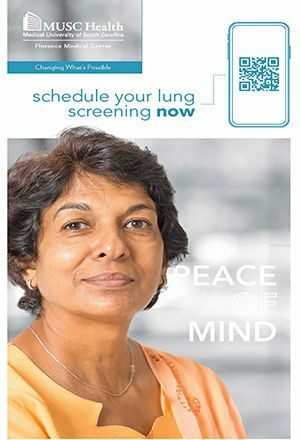Making a Slave, Part One
 Burnett W. “Kwadwo” Gallman, Jr., M.D.
Burnett W. “Kwadwo” Gallman, Jr., M.D.
In previous articles, we discussed words that were deceptive in that they gave a subliminal or subconscious picture that was not necessarily always associated with the word. One of these words was “slave” and the definition used was “a person who is excessively dependent or controlled. by something or someone”. When hearing that word, many people automatically think of a powerless Black person who is a pitiful wretch, even though the word originally referred to white eastern European people. As a result of that, I don’t refer to my Ancestors in America as slaves, I refer to them as enslaved because they usually retained and maintained their humanity despite the many attempts to take it.
This is not to say that there were not any enslaved people in America who lived up to that definition. Some of the enslaved Afrikans were broken by the dehumanizing inhuman treatment that they received from the white Christian Americans. There was a level of mental enslavement, however and all were not completely “lost”.
The question arises, how do you make/create a slave? There are several conditions that had to be made.
The first condition was that constant, perpetual fear had to be created. This fear took several forms. There was a fear of being beaten, castrated, tortured, or even killed. There was a fear of being sold or having your loved ones sold away from you. There was a male fear that his wife, daughter, mother, or sister could be raped right in front of him and there was nothing that he could do under the threat of torture or death. There was a female fear that her husband, son, father, or brother would catch the eye of a lustful white female (or male). This was almost always a no-win situation and death was frequently the final “reward”.
Fear still exists in today’s world but takes different forms. There is a fear that one’s actions could cause you to lose your job or be passed over for a promotion. There is a fear of being criminalized. We know that AUSA (Afrikans from the United States of America) are arrested, convicted and imprisoned more frequently and given more prison time than whites who commit the same crime. This is not even considering the AUSA who are in prison for crimes that they did not commit. The result of this fear today takes many forms including self-doubt, undereducation, poverty and can result in “self-checked” and weak men and women.
Another condition for making a slave was that self-hatred had to be created. One of the main expressions of this self-hatred was violence against others who look like us. The other expression was hating our appearance. We were led to believe that the Creator had made a mistake when we were created. We were taught that the standard of real beauty was a white or white-adjacent appearance. So, we fried, bleached and/or barbequed our hair (men and women) so that it wouldn’t be “nappy” or “kinky” because we wanted straight hair, like most white people. We were made to accept that short, nappy and kinky hair was “bad hair”. So, if my hair is “bad” what is “good hair”? In today’s world, however, it’s easy to purchase the desired hair, rather than fry/barbeque hair...in a weave or a wig. Skin bleaching creams are used today, perhaps even more than in past years. These skin lightening creams are so prevalent in Afrika that many Afrikan governments have restricted or made illegal their sale (South Africa, Ivory Coast, Uganda, Ghana and Rwanda). Although Nigeria leads in the use of these creams, they are used all over the world. Sammy Sosa, the baseball player from the Dominican Republic has completely changed his appearance using skin bleaching cream.
Many Afrikans and AUSA, usually more affluent, have even resorted to plastic surgery. Perhaps the best-known people in this category are the Jackson family, Michael being the “poster child”. We also cannot forget the use of light-colored contact lenses.
The irony of this self-hatred is striking because non-Black people have been trying to look like us. Skin tanning chemically or with tanning salons has been popular for many years, despite the danger of skin cancer. How often has a white person placed their arm next to a Black person’s arm and said, “I’m as dark as you are”?
Steatopygia is a condition in which the buttocks are fat and round. It is a common characteristic of people of Afrikan origin. Millions (if not billions of dollars are spent yearly with plastic surgeons by people (primarily women) to have procedures to create round buttocks. We also should not forget that people also spend lots of money to inject substances into thin lips to make them thicker.
So, it seems that the standard of beauty that so many of us are chasing is chasing us.
Food for thought.
Please support The Community Times by subscribing today!
You may also like:





